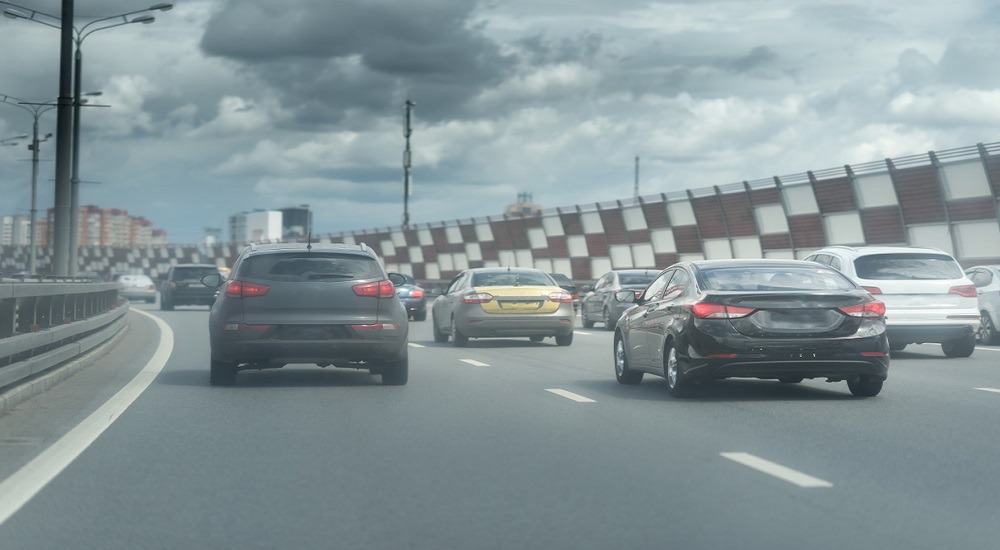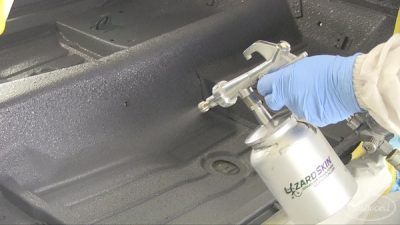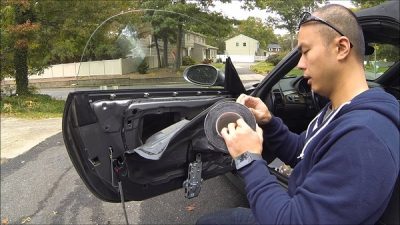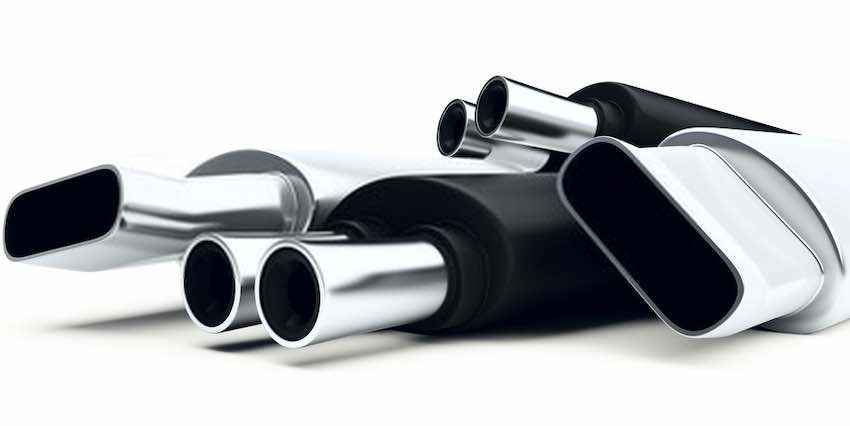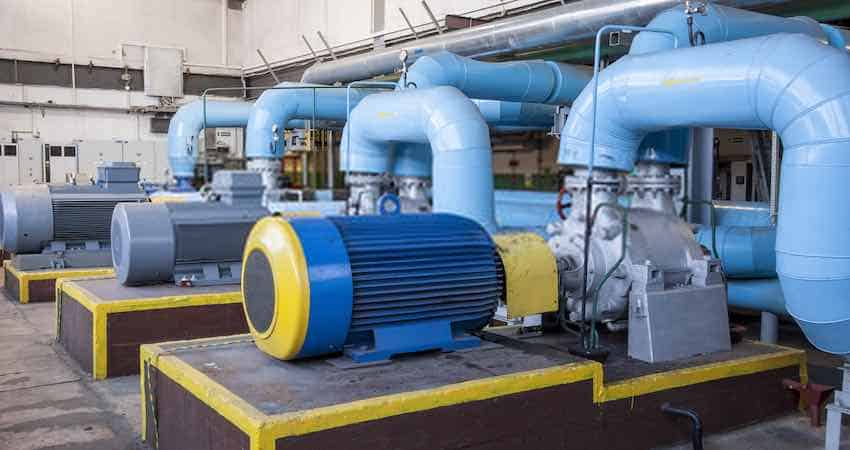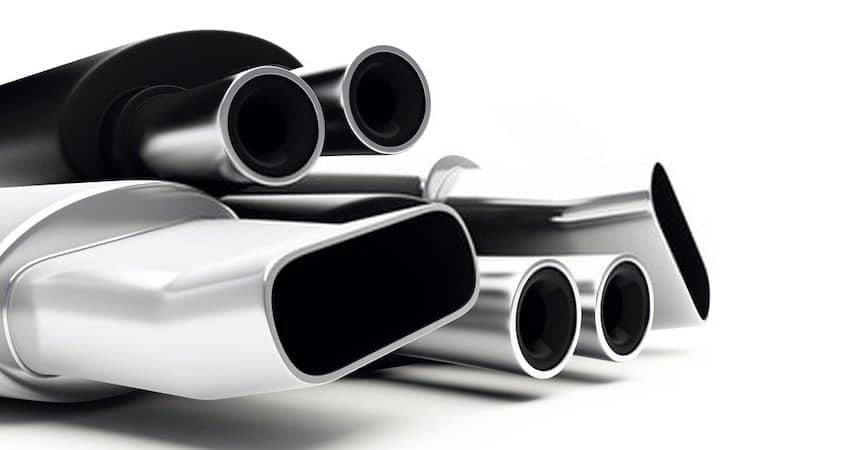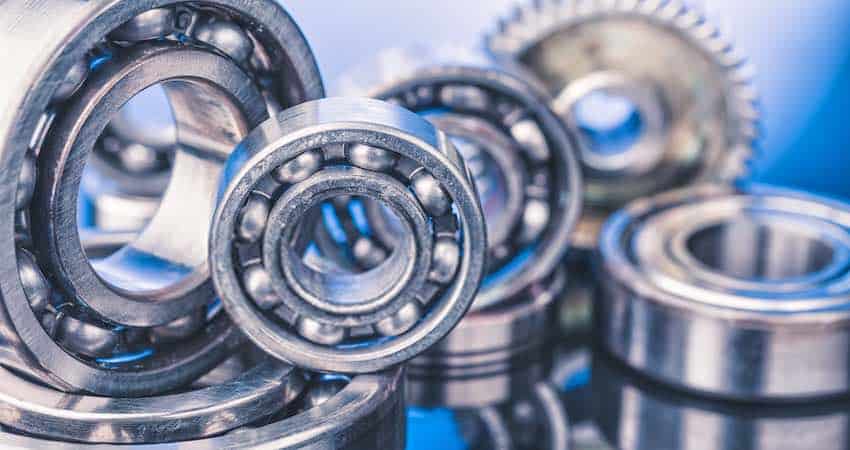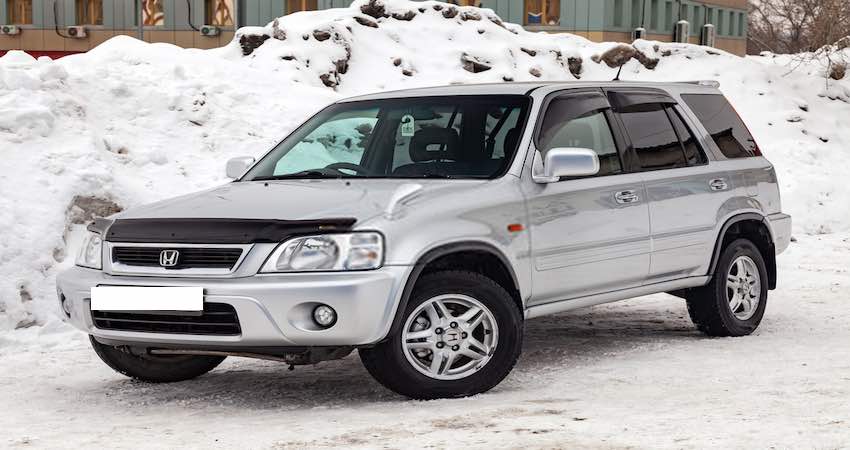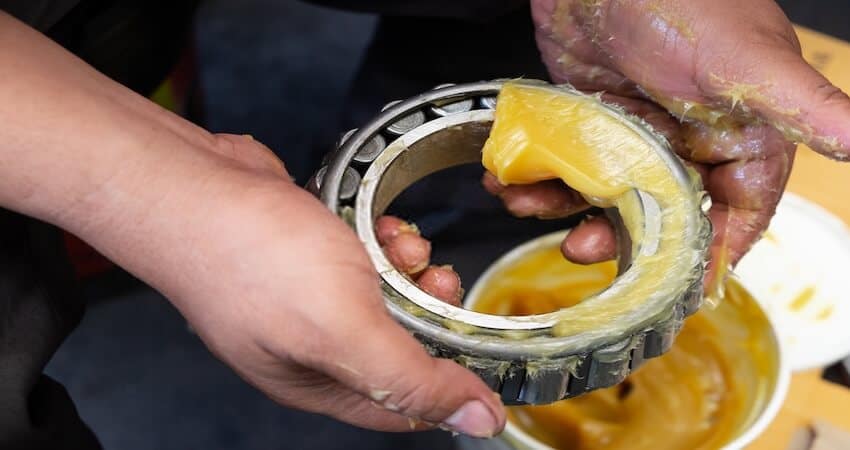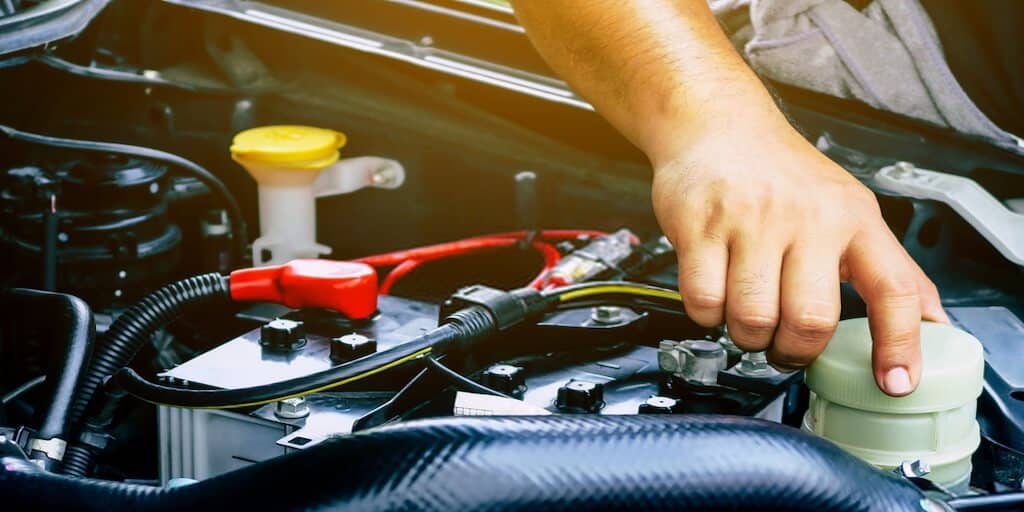As an Amazon Associate, we earn from qualifying purchases at no extra cost to you.
Whether you are driving for 5 minutes or 10 hours, all you need is peace in your car. However, this is not always the case. Road noise will not give you a peaceful drive. The good news is that you can reduce the noise. It doesn’t need to bother you too much. In this article we will share with your different ways to reduce road noise in your car.
Types of Noises Produced by Cars
Cars majorly produce two types of Noises. Internal and external noises.
External Noises
External noise comes come from the car but affects people outside. It affects cyclists, pedestrians, and nearby residents. It has less effect on the people inside the car.
The external noise mainly comes from the engine and rolling tires. The sound produced by wind hitting the car chassis is heard inside less than outside of the car.
The simple technique to eliminate the external noise is driving at a low speed. Other techniques include driving on smoother road surfaces or driving cars with quieter engines.

Internal Noises
Internal noise is experienced by the passengers and drivers inside the cabin.
The major sources of internal noises are;
- Road noise
- Engine sound
- Wind noise
- Squeaks and rattles from interior items
The most effective way to deal with internal noise is soundproofing. Soundproofing should be done both in the cabin and at the source of the sound.
Car Soundproofing: How Effective is the Technique?
Does car soundproofing work? This is a common question asked by car owners. The short and simple answer is ‘yes.’ It works. When you soundproof your car, you will get instantly noticeable effects.
However, you need first to understand the source of the noise. If your vehicle is already broken, don’t waste money on soundproofing. Fix the car first. If it is beyond repair, buy a new one.
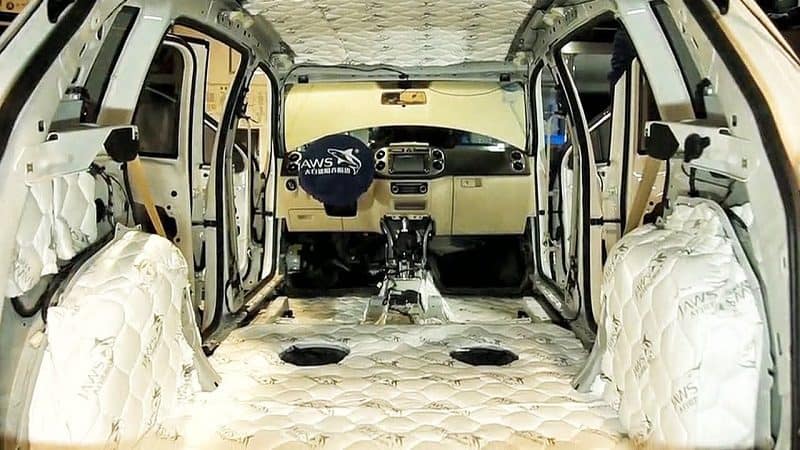
Soundproofing is not a quick fix for defects. You might be successful in eliminating the noise from your car. However, that doesn’t mean you have fixed the problem.
Soundproofing is putting barriers between noise and places where you don’t want it to be heard. It’s just a technique to absorb, reflect, or suppress sound waves. You only block the sound from creating any disturbance to people inside or outside the car.
It’s important to understand that soundproofing is different from sound absorbing. Sound absorbing is mainly concerned with the improvement of car sound quality. It focuses on eliminating any echo from sounds produced by your car. Sound absorbing is particularly applied on music systems.
The Level of Soundproofing Success
Soundproofing success level depends on the technique applied. The level of noise reduction also depends on the car model and condition. Newer vehicles would be easy to soundproof as compared to older ones.
However, despite the kind of car you drive, you can’t get 100% silence. Nothing can completely cancel sounds produced by cars. Anyway, you shouldn’t even want that. The car sounds are helpful. They can notify you when your vehicle has a problem.
Soundproofing, therefore, can give you noticeable results. Depending on different factors, you can achieve over 50% of car noise reduction.
Why Should you Soundproof Your Car?
Reducing car noise is not only necessary for pleasure but protection. Excess noise will avert your attention. Driving under distractions is dangerous. As you try to figure out the source of the sound, you get distracted.
The distraction brings frustration. It only takes a second for things to go wrong when driving.
Therefore, soundproofing is essential. You need to be 100% focused on driving.
5 Simple Tricks of How to Reduce Road Noise in Car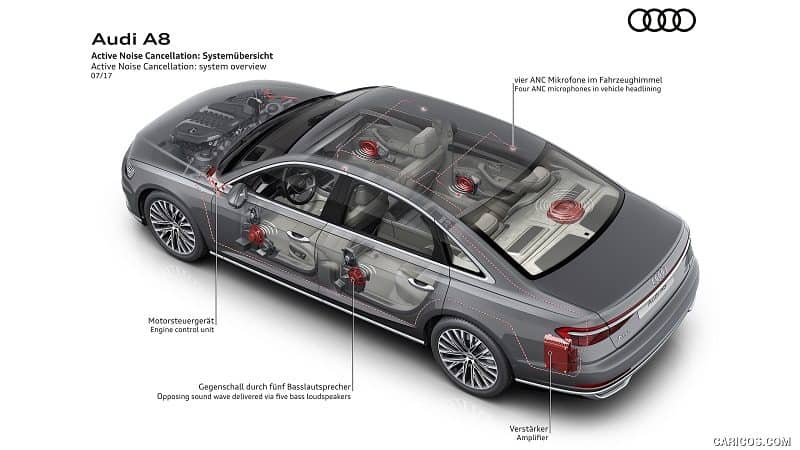
As we have seen, the road noise car affects people in the cabin and outside. It’s, therefore, essential to ensure that the noise is reduced. More emphasis should be put on reducing internal noise. No one wants to get distracted by their engine when they are driving.
The following are simple techniques to reduce car road noise.
1. Use Soundproof Car Mats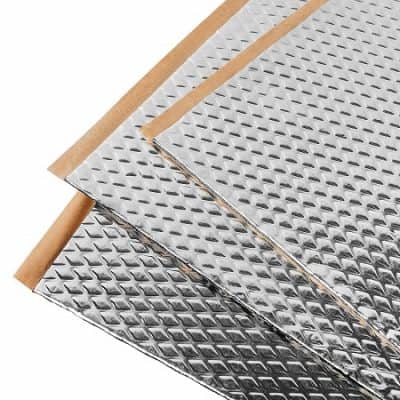
Soundproof car mats not only reduce the noise but also regulate the cabin temperature. The mats are affordable and easy to install.
All you need to do is place them on the cabin floor. Place the mats in the front and back of your car. On the floor, they absorb vibrations and sounds from the exhaust and engine system.
For effectiveness, remove your floor mats. Place the soundproof mats on the floor. If you wish, you can place the car mats on top of the soundproof mats. However, that’s not necessary.
Fix the soundproofing mats anywhere in your car. You can place them in the trunk. Alternatively, place them on the car roof or doors.
Soundproofing mats absorb all echoes in your car. This improves the sound quality of your music system.
Why Soundproofing Mats?
- Easy to Install
- Reduce over 50% of cabin noise.
- Extremely effective
- Reduce wind, road, and engine noise.
Tested and Tried Soundproof Car Mats
All these mats are available on Amazon. Buy them today and start soundproofing.
[asa2 tpl=”Flat_box_horizontal”]B00020CB2S[/asa2]
- Odourless
- Non-asphalt
- Sound deadening
- Reliable
[asa2 tpl=”Flat_box_horizontal”]B00DYAF9FY[/asa2]
- Affordable
- Friendly in cold areas
- Made of Asphalt
- Easy to install
[asa2 tpl=”Flat_box_horizontal”]B001VKO8TW[/asa2]
- Eliminates road noise and vibration
- Perfect for soundproofing round areas
- Affordable
[asa2 tpl=”Flat_box_horizontal”]B00URUIKAK[/asa2]
- Reliable
- Eliminates road noise and vibration
- Sound deadening
Tips: We Have Compared in Details about Dynamat vs FatMat: Which is a Better Sound Deadener for Car. You will get a clear idea that which one you should pick.
2. Use Spray and Foam Sound Deadener
Spray sound deadener are designed for hard-to-reach places. The spray is a perfect solution for soundproofing any gaps left after installing mats. It can also be sprayed on the gaps that are too small for other heavy materials to be installed.
Soundproofing sprays come in easy to use aerosol cans. Sprays that come in professional cans require paint guns and compressors for application. After the surface is clean, just spray like any other paint.
It’s important to note that soundproofing sprays are effective on small surfaces. However, we don’t recommend them for soundproofing the entire cabin. Inside the cabin, it should be used together with other materials such as mats. We also used spray sound deadener to soundproof vents in our home.
Sprays are specifically for dampening noises. Foams, on the other hand, absorbs vibration from the car. The soundproofing foam absorbs and disperses the sound produced by the vibration energy.
The foam also absorbs echos from the cabin. It improves the sound quality and acoustics in the car interior. Applying the foam is, therefore, an effective technique to improve your car music.
Check the following products on Amazon
[asa2 tpl=”Flat_box_horizontal”]B000NHPS3O[/asa2]
- Fill Small Gaps & Cracks
- 12-Ounce,
- Expanding Polyurethane Foam Sealant.
TriNova Plastic & Trim Restorer
[asa2 tpl=”Flat_box_horizontal”]B01AAZ1OAE[/asa2]
- Vinyl & Rubber Surfaces,
- Shines & Darkens Worn Out Plastic,
- Protects Cars & Motorcycles from Rain.
3. Replace Rubber Seals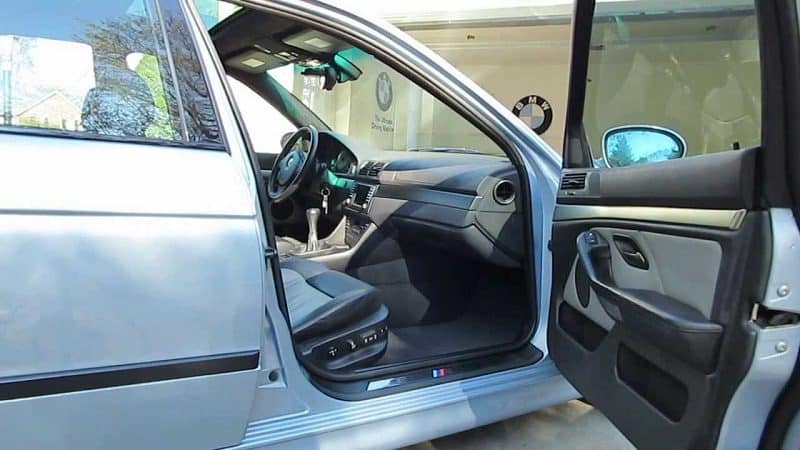
Any gap, no matter how small, will let noise in your cabin. The best way to deal with this is to replace all rubber seals around your windows and doors. Seal all gaps where wind noise might pass through. Sealing the gaps gives an instant effect. Replace all old or worn out rubber seals.
The rubber seal will not only soundproof wind noise. It also reduces noise from car tires and engine. However, this is not a strategy to soundproof engine noise. It only reduces a smaller amount of noise from engines and tires.
Installing rubber seals is easy. You can buy them from Amazon and fix them yourself. Once you have the new seal, remove the old rubbers from your car. Clean the surfaces and apply the adhesive. Place the seal on the glue. Once done, let the adhesive dry so that you don’t seal your door too.
As simple as that and you will say bye to wind noise in your cabin. For better performance, check on Amazon seals for your specific car model.
4. Insulate the Doors
Many cars have a thin door without insulations. It’s an empty cavity inside. Therefore, insulating your doors have a huge impact on reducing noise inside your car.
To insulate the car doors, remove the panels first. Locate and unscrew all the screws attached to the vehicle interior. Opening the panel will help you know the amount of insulation required.
To make the job easier, pick peelable sticky insulation. With peelable insulation, it won’t be necessary to remove the entire door. As you seal, take care of moving parts such as window and lock mechanisms. Get help from a professional if installing the seals are challenging to you.
You can buy the seals today on Amazon and begin soundproofing.
[asa2 tpl=”Flat_box_horizontal”]B0771T61VH[/asa2]
- 33Ft Long
- Self Adhesive
- Weatherstrip for Car Window Door Soundproofing Engine
[asa2 tpl=”Flat_box_horizontal”]B073VK28T7[/asa2]
- Large D-Shape Rubber
- Self-adhesive
- Car Auto Door Seal Weather Stripping
- Hollow Sealing Strip for Noise Insulation
5. Change Worn Out Tires
Check cases of uneven wear and tear on your tires. Tire road noises are very frustrating.
You have to agree that tires do not wear out evenly. Most of the time, one tire will have more shallow tread as compared to the others. It’s essential to keep inspecting them time over time. If the difference is huge, the tires start making noise.
The uneven wear is also unsafe. Worn out tires don’t grip well on asphalt. This is the reason they make some squelching sound. And more dangerous, your car can easily lose balance.
Sometimes tires can be damaged by stuck pebbles in the tread. The irregular tread causes strong vibrations and loud noises. Unaligned, low-quality and cheap tires also have the same effects.
Once you notice any of the above problems, replace the tires. Go to your dealer and get original tires for your car.
Extra Tips to Reduce Road Noise in Car
- Remove items from your dashboards. The engine vibrations will make small objects like keys and phones make noise in your car.
- Tightly secure all mobile parts to prevent them from vibrating. These include parts like cup holders.
- Leave no gaps when insulating or soundproofing your car.
- Remember to soundproof your trunk. A lot of noise can pass through it to your car.
Factors to Consider Before Buying Car Soundproofing Materials
- Method of noise reduction: Internal or external noises.
- Type of soundproofing material: Damping, insulators, foam, and sprays.
- Thickness: the thicker the material, the better the performance.
- Size of the material: The size should fit well the area you need to soundproof.
- Oil-resistance: Best materials should stick on the surface even when it’s oily.
Final Verdict
There are different techniques to reduce the road noises in your car. There are also different materials in the market that can help you achieve this goal. However, it’s essential to choose your materials wisely. Don’t pick soundproofing materials based on the price. Go for sound deadener that give the maximum level of noise reduction. Pick our recommended list. Buy them on Amazon. Fix them or get a professional to help you. And enjoy driving a quieter car.

